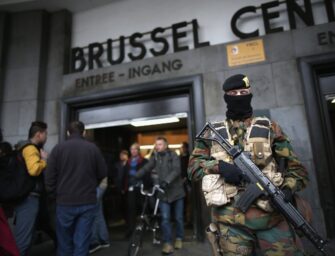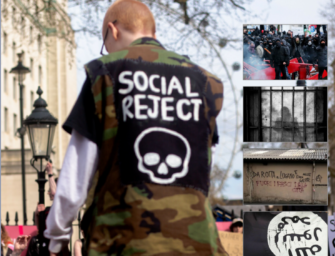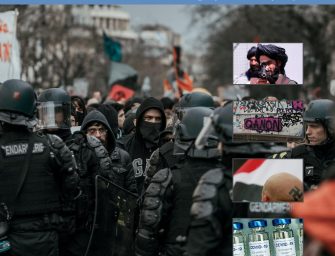#ReaCT2022: 3rd Report on Radicalization and Terrorism
Director’s introduction: The new terrorism among pandemic, social unrest and jihadist extremism
In my role as ReaCT’s Executive Director, I am pleased to introduce #ReaCT2022, the 3rd Report on Radicalisation and Counter-Terrorism in Europe (go to #ReaCT2022, n.3 year 3).
In their assessments, the authors who submitted their work for this issue took into account the repercussions of new social and conflict dynamics brought about by COVID-19 and also the effects of the Taliban victory in Afghanistan.
COVID and the Taliban drive diverse terrorist threats
Terrorism adapts, evolves and is affected by events which ignite violent actions in the name of an ideology that justifies its methods, aims and purposes. Trends recorded in 2021 are coherent with the dynamics of the past few years; they also anticipate a likely scenario for 2022, a year that will continue to be shaped by two major developments: the Covid-19 pandemic and the Taliban takeover of Afghanistan. These two developments, in different ways, contribute to an increasingly threatening landscape.On the one hand, the social consequences of the Covid-19 pandemic will increase heterogeneous radical phenomena and bolster violence linked to conspiracy or ideologically-driven extremist movements; on the other hand, the Taliban’s victory in Afghanistan represents a leitmotif within the global jihadist narrative.
The terrorism landscape we face in 2022
Most data presented in this paper are drawn from START InSight’s database, which provides annual trends in jihadist terrorism and events in Europe.
In more general terms, the West is currently looking with concern at jihadist exaltation, from Afghanistan to Africa. The Islamic State no longer has the strength to dispatch terrorists to Europe as the loss of territory, financial strenght and recruits greatly reduced its operational capability. However, the threat remains significant due to the availability and action of lone actors and self-starters without a link to the organisation yet mobilised by jihadist narratives around global events. Risks connected to emulative attacks are high; 56% of the events in 2021 can be categorised as emulative actions, according to START InSight’s database. This trend is growing. Over the past three years, from a quantitative point of view, the frequency of terrorist attacks has remained linear. Europol attributes 43% of the attacks to radical left-wing movements, 24% to separatist and ethno-nationalist groups, 7% to far-right groups, while 26% are jihadist actions. While jihadist violence might be marginal in absolute terms, it continues to be most relevant in terms of its consequences and the number of victims. The number of jihadist events which took place in Europe in 2021 stands at 18 (START InSight).
Two decades of terrorism trials in Switzerland
Although Switzerland has not experienced a large-scale attack of the kind experienced in other European countries over the last decade, the phenomenon of politico-ideological violence in the jihadist spectrum is nevertheless present. Ahmed Ajil explains that from 2004 until November 2021, the Swiss Federal Criminal Court has tried a total of 17 criminal proceedings related to jihadist terrorism cases. Most of these proceedings took place after the outbreak of the Syrian civil war and the subsequent territorial expansion of the IS group in June 2014.
The African challenge
As highlighted by Enrico Casini and Luciano Pollichieni, since the early 2000s, a growing number of jihadist organizations emerged in Africa. They are characterised by a globalist rhetoric but remain deeply connected to local dynamics (political, ethnic, or criminal) and they are also increasingly involved in illicit traffics of different types and shapes (from smuggling to human trafficking and slavery to maritime piracy). In virtue of its contiguity with the Mediterranean, instability generated by terrorist groups in Africa has an immediate effect on Europe, as demonstrated by the various migration crises of the last years.
Jihadist communities online expand the terrorism universe by forming new entities
We asked Michael Krona, a media scholar researching salafi-jihadist propaganda, to provide us with his take on the dynamics of jihadist online communities; he underlines how communities that were previously started as direct extensions of a specific organization (like the Islamic State – IS) increasingly become intertwined with broader ideological strains, rather than only relaying official IS propaganda. Supporter groups online are expanding the terrorism universe by forming new entities.
The new horizons of radicalisation
Two decades since the 9/11 attacks and in pandemic times, the threat of terrorism has become more widespread, fragmented and complex to deal with. Chiara Sulmoni writes that the ecosystem of violent extremism is characterized by strong competition, but also by a growing exposure to the strategies and narratives of different groups. New profiles underline the domestic character of the threat and indicate how terrorists and individuals who radicalise frequently have a history of mental distress and exhibit a propensity for violence rather than ideological conviction. As society itself is becoming increasingly polarized and extremism finds its way into the mainstream, there’s a need for renewed attention on the sociological and psychological aspects inherent to radicalisation processes, with a view to enhancing prevention.
The EU supports the Western Balkans with a new project on prevention of radicalisation
With reference to the Western Balkan area, Matteo Bressan explains how prevention of radicalisation leading to violent extremism and terrorism represents a key priority for EU Member States and Western Balkan partners. As common challenges require a common approach, the Commission will support the region in preventing and countering all forms of radicalisation. The Commission will mobilise practitioners’ expertise within the Radicalisation Awareness Network (RAN) to support prevention work and facilitate exchanges among professionals.
Dealing with radicalised minors: the Italian approach
Minors are among the targets of jihadist propaganda and extremist ideologies more in general. They can be involved in different ways: as unaware victims of adults’ choices or as direct recipients of an ideology which exploits their need to belong. In her case study, Alessandra Lanzetti illustrates how the State Police’s Central Directorate of the Prevention Police (DCPP) gained experience in this field and how it developed an experimental intervention protocol on child returnees, based on the criteria of timeliness and multidisciplinarity.
New radicalisms and other terrorisms fueled by the pandemic effects. Far right, radical left, anti-Semitism: from conspiracy to violence
Mattia Caniglia explains how one of the most worrying trends in 2021 has been the increasing attraction exercised by right-wing violent extremism on young people. This is probably linked to the fact that right-wing extremist propaganda is mainly disseminated online, and gaming platforms have been increasingly used to spread extremist and terrorist narratives. Evidence from investigations and research activities that emerged over the past year suggests that, in some instances, RWVE seek to emulate jihadists with respect to recruitment techniques, modi operandi and propaganda strategies. Furthermore, high-profile terrorist attacks – whether Islamist or far-right in nature – can increase reciprocal radicalization processes, where neo-Nazis and jihadists attempt to “up the ante” by increasing the frequency and lethality of attacks.
Within this context, there’s also a growth in anti-Semitic sentiment; Sarah Ibrahimi Zijno discusses the extreme and easy propagation of substantially anti-Semitic points of view, first within the American alternative right and later also within the alternative European right, with particular reference to the former communist part of the continent; as well as the substantial rapprochement of some left-oriented press towards the same conspiracy algorithm already of the alternative right, with the silent, progressive abandonment of the distinction – already fragile and questionable in itself – between anti-Zionism and anti-Semitism.
Conspiracy theories from pop culture to violent militancy: the NoVax paradox
Andrea Molle explains how the NoVax movement is now spearheading the rise of militant conspiracy and rapidly replacing religious radicalism as the primary concern for national security. His paper analyzes some of its essential traits, highlighting the risk of mass radicalization it carries.
Updating Terrorism Risk Assessment Instruments
In recent years, with the advance in Europe and the United States of more or less organised forms of extreme right-wing extremism and white supremacism, notes Barbara Lucini, the Terrorism Risk Assessment Instruments (TRA-I) have been the subject of renewed reflection with respect to their adaptive capacity, resilience and effective assessment of the multiple and varied paths of radicalisation that are being witnessed.
Neo-Nazi extremism and deradicalisation
The case study presented by Luca Guglielminetti is the first in Italy that concerns a so-called deradicalization activity aimed at a boy involved in subversive activities of the neo-Nazi far right. The path undertaken was born in the framework of a European project “Exit Europe”, which involved partners from 5 countries with a view to integrating P/CVE interventions.
Future wars: the new centrality of intelligence and the redefinition of cyberspace
In this analysis, Marco Lombardi shares his reflections on some emerging aspects of warfare, intelligence and the role of terrorism. The scenario of the future war seems to underline the maintenance, indeed the strengthening of the operating methods of terrorism in recent years, which has found its success for the ability to penetrate media communication and for the innovative (ie surprising) use of technologies. It almost seems that the terrorism of the first twenty years of the new century has experienced the new opportunities of warfare, which then consolidated into widespread practices among all the actors in the conflict.
And finally, Andrea Carteny and Elena Tosti Di Stefano reviewed for us a recent publication –Understanding radicalisation, terrorism and de-radicalisation. Historical, socio-political and educational perspectives from Algeria, Azerbaijan and Italy – which collectively presents the results of an intense and fruitful two-year research activity carried out within the project PRaNet – Prevention of Radicalisation Network (2019-2021).
Thanks to all the Authors who have contributed to the current #ReaCT2022 Report. My gratitude goes in particular to the Editor, Chiara Sulmoni, START InSight’s President, for her fundamental and special input.
Index
Claudio Bertolotti (ENG), Director’s introduction: The new terrorism among pandemic, social unrest and jihadist extremism
Claudio Bertolotti (ENG), New Insurrectional Terrorism ignites individual terrorism in Europe
Ahmed Ajil (ENG), Two decades of terrorism trials: an overview of the cases tried by the Swiss Federal Criminal Court since 9/11
Claudio Bertolotti (ENG), Afghanistan, Syria and the Sahel: the ‘New Insurrectional Terrorism’ (NIT) takes root. A revolutionary, subversive and utopian phenomenon looks to the West
Enrico Casini, Luciano Pollichieni (ENG), Caliphs, trafficking, and discontent: convergences and perspectives of jihadist terrorism in Sub-Saharan Africa
Michael Krona (ENG), Jihadist communities online build their own brands and expand the terrorism-universe by forming new entities
Chiara Sulmoni (ENG), The new horizons of radicalization
Alessandra Lanzetti (ENG), Case study – Radicalised minors: the Italian model, between security protection and social reintegration
Matteo Bressan (ENG), The EU supports Western Balkans with a new project on prevention of radicalization
Barbara Lucini (ENG), TRA-I and radicalisation processes: current considerations and future prospects
Mattia Caniglia (ENG), Right-wing violent extremism in 2021: a rising threat across Europe?
Sarah Ibrahimi Zijno (ENG), New anti-Semitism: main factors and trends after the pandemic
Luca Guglielminetti (ENG), Case study – Neo-Nazi extremism and deradicalisation: the first case study in Italy
Andrea Molle (ENG), Conspiracy theories from pop culture to violent militancy: the NoVax paradox
Marco Lombardi (ENG), Future wars: the new centrality of intelligence and the redefinition of cyberspace
Andrea Carteny, Elena Tosti Di Stefano (ENG), Review – Understanding radicalisation, terrorism and de-radicalisation. Historical, socio-political and educational perspectives from Algeria, Azerbaijan and Italy, M. Brunelli (edited by).

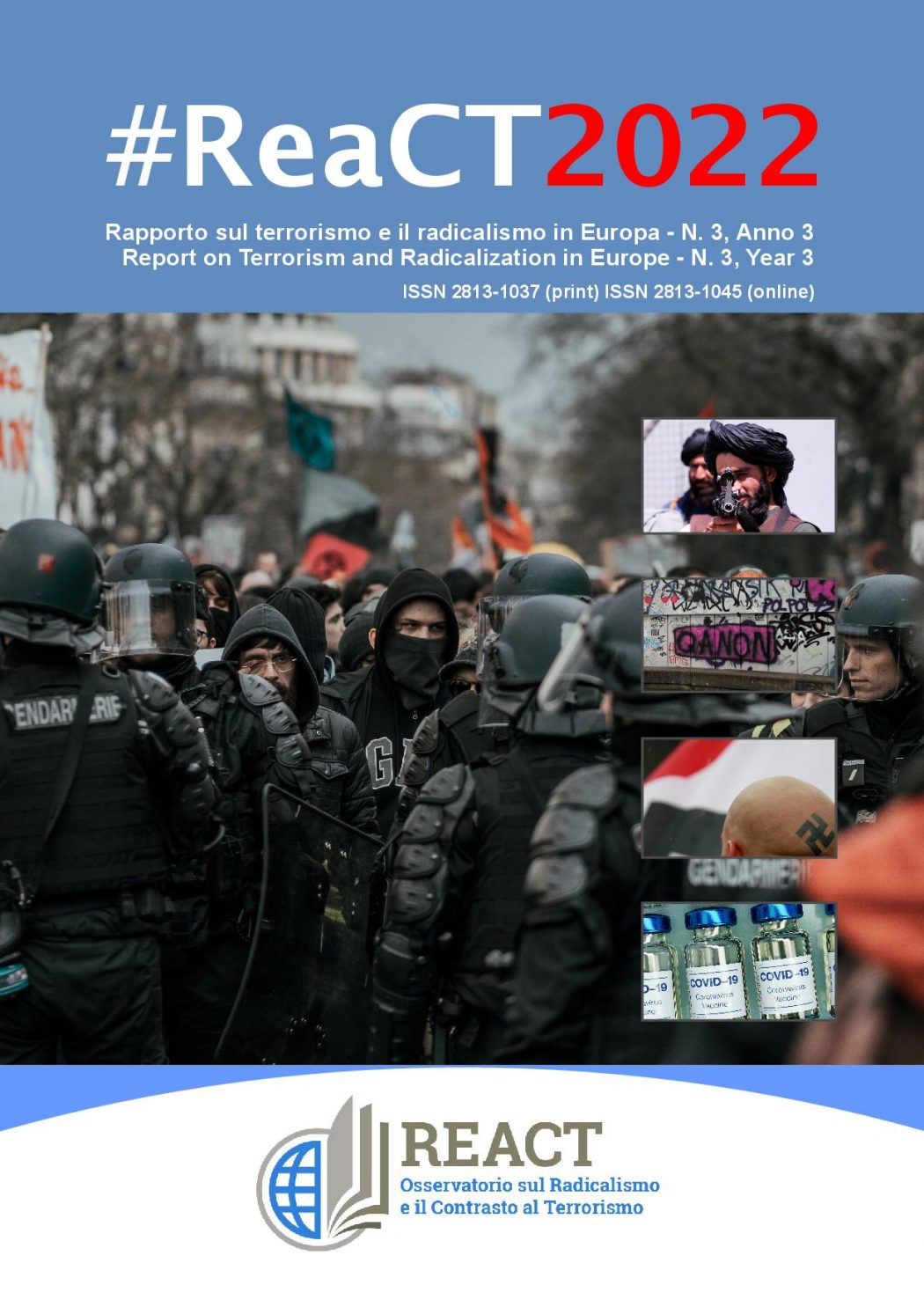
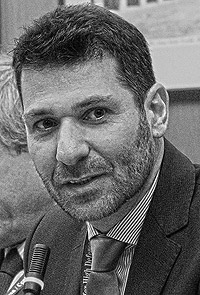 In my role as Executive Director of the ReaCT Observatory, I am honoured to introduce #ReaCT2021,
In my role as Executive Director of the ReaCT Observatory, I am honoured to introduce #ReaCT2021, 









